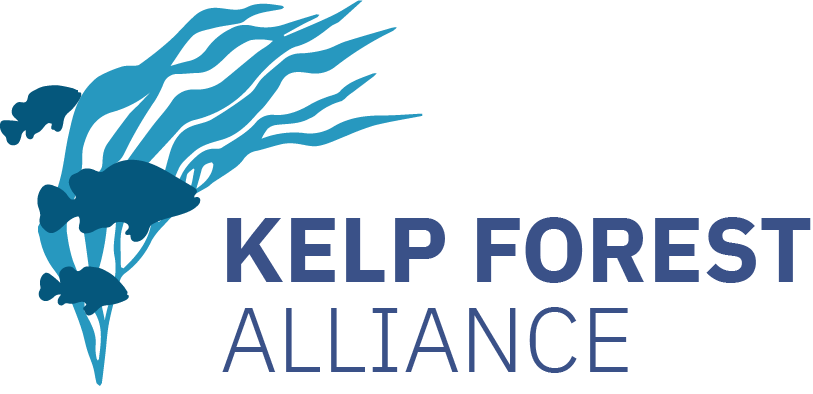Restoration Objective:
The aims of this study were to determine: (i) the practicality of man-made reefs in southern California waters, (ii) the best materials to use, and (iii) the return to the fishermen. The overall objective was to test methods of generating kelp forests to enhance fisheries harvests.
Site Selection Criteria:
Reef sites were selected in extensive flat sand or mud-sand areas far away from rocks that might provide 'competition' to the artificial reefs.
Cause Of Decline:
Coastal ecosystems are threatened by increasing population sizes, urbanisation, water pollution and harvesting pressures.




